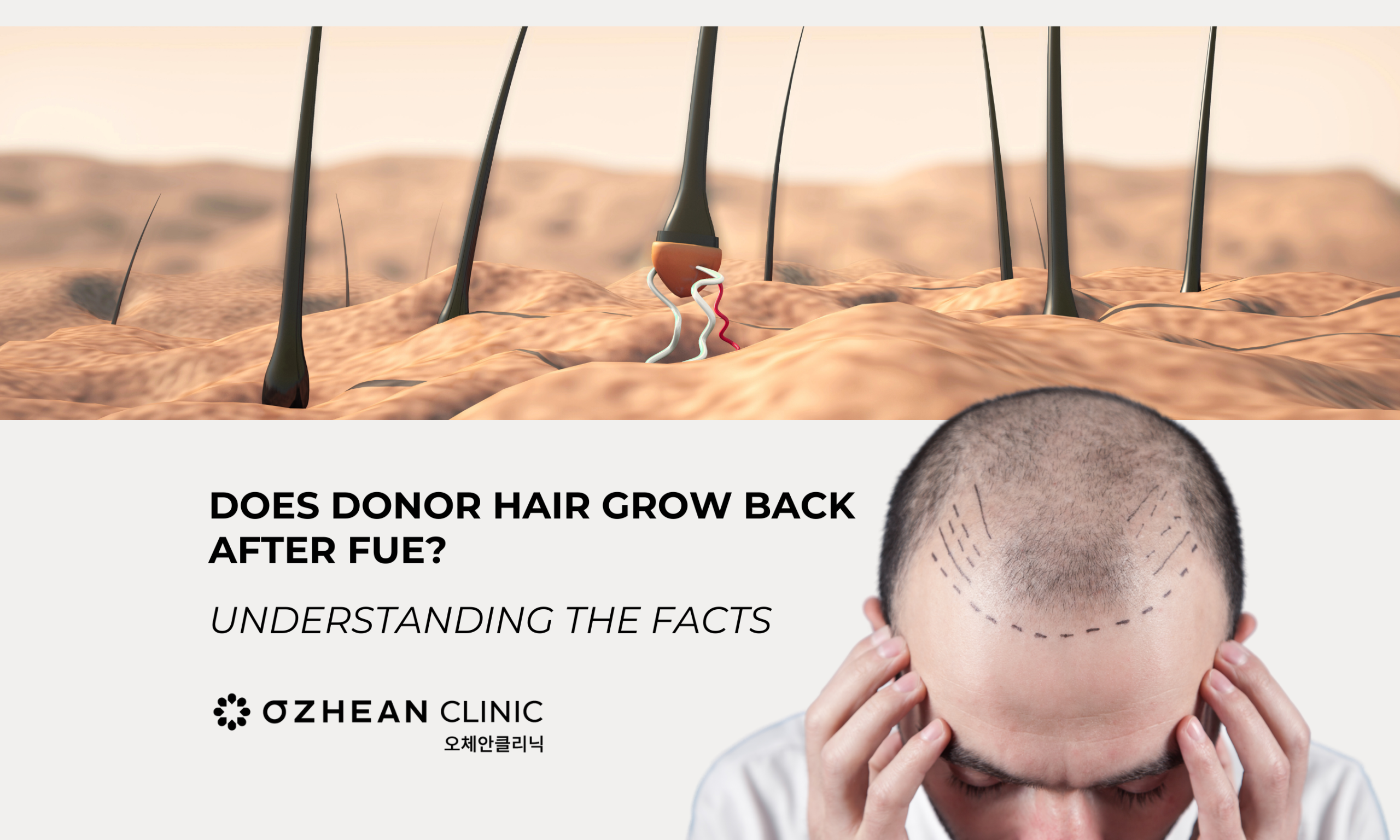Hair transplant surgery is a highly effective, permanent solution for hair loss, designed to restore a natural-looking hairline and density. The procedure involves meticulously relocating healthy hair follicles from a “donor site” to the thinning “recipient site” on the scalp. The two primary techniques are Follicular Unit Transplantation (FUT) and Follicular Unit Extraction (FUE). At expert clinics like ours, advanced FUE techniques are used to ensure minimal scarring and the most natural hair growth patterns possible, giving you lasting confidence.
Understanding Hair Loss and the Crucial Donor Site
Hair loss, often caused by genetic conditions like male or female pattern baldness (Androgenetic Alopecia), alopecia areata, or other factors, progresses as sensitive hair follicles miniaturize. The silver lining is that not all follicles are susceptible. The donor site—typically the back and sides of the scalp—contains hair follicles that are genetically resistant to these balding hormones. This is why they are chosen for transplantation. Having a sufficient amount of this stable, healthy donor hair is the most critical factor for a successful and sustainable hair transplant result.
Key Factors That Affect Your Donor Hairs
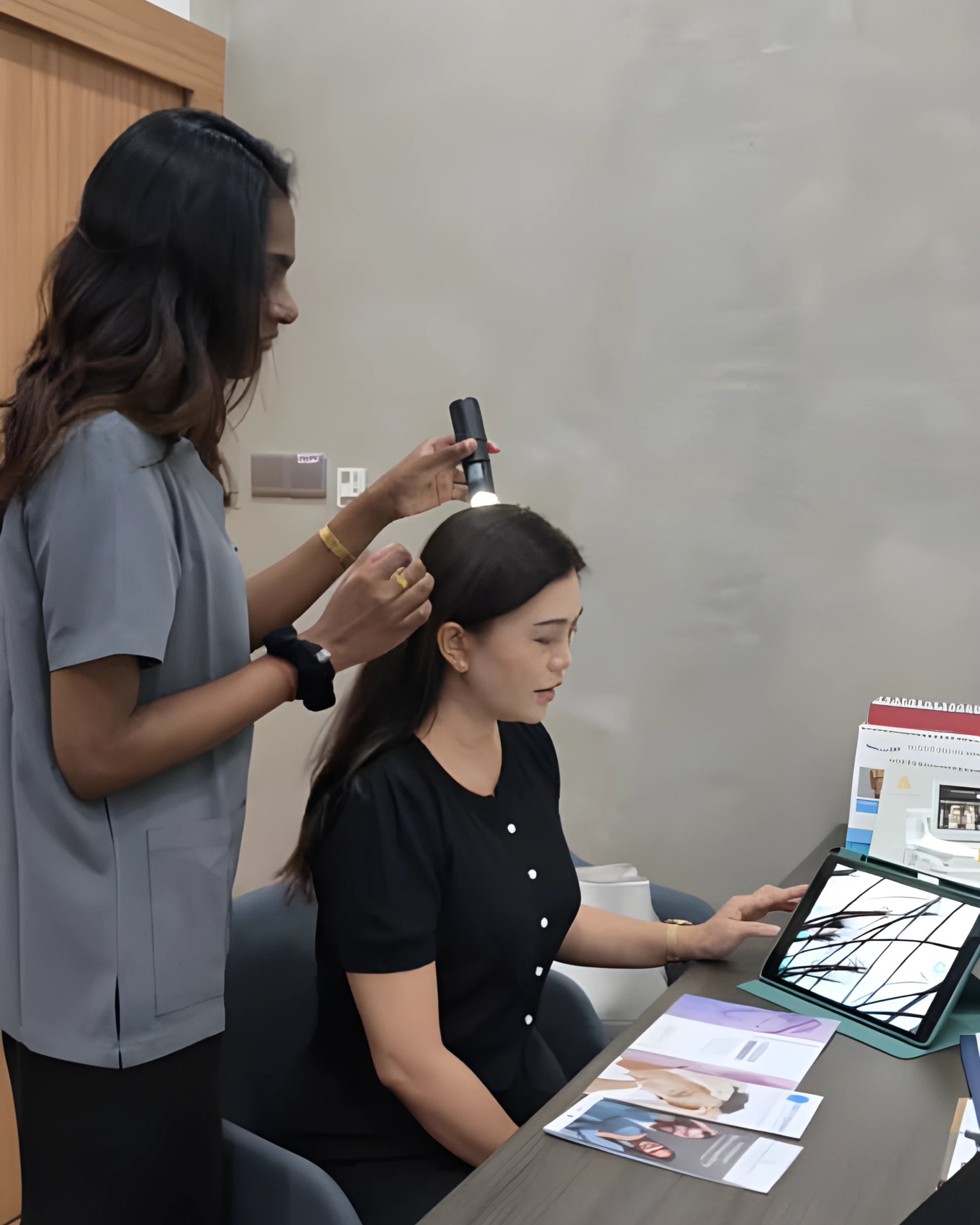
The success of your procedure hinges on the quality and quantity of your donor hairs. Surgeons assess several factors:
Hair Characteristics: Thicker, coarser hair provides better coverage than fine hair.
Donor Density: The number of follicles per square centimetre in your donor area.
Scalp Laxity: The flexibility of your scalp skin.
An experienced hair transplant surgeon will thoroughly evaluate your donor area during a consultation. They often use tools like the Norwood Scale to classify your pattern of loss and plan a procedure that optimizes your unique donor supply for the best possible outcome.
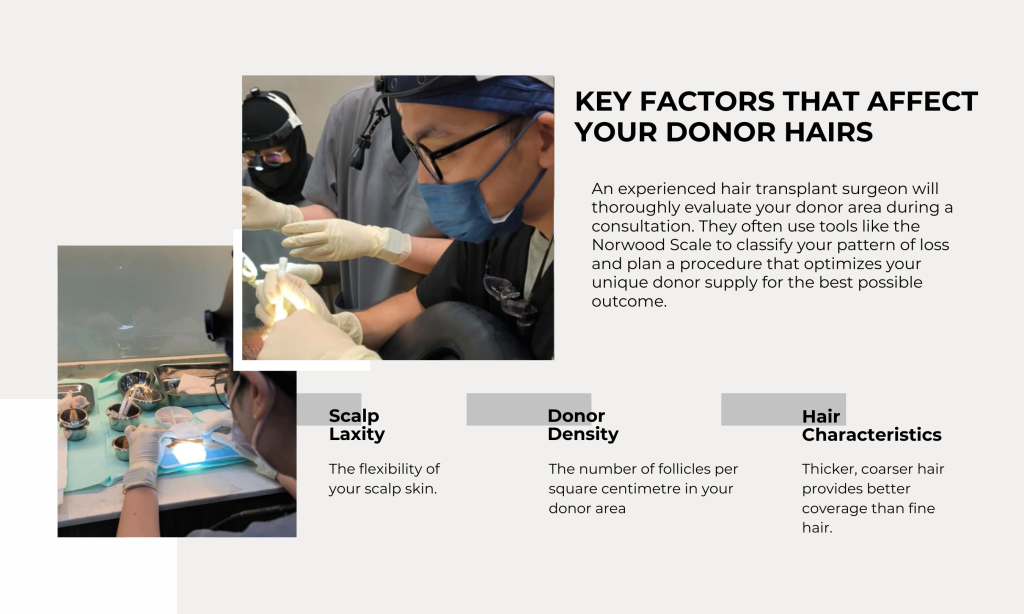
FUE vs. FUT: Surgical Techniques and Impact on Regrowth
This is where the answer to our central question begins.
FUT (Follicular Unit Transplantation): Involves removing a thin strip of skin from the donor area, which is then dissected into individual grafts. This leaves a linear scar that is hidden by surrounding hair.
FUE (Follicular Unit Extraction): This minimally invasive technique involves extracting individual hair follicles directly from the donor area using a tiny punch tool. This creates micro-scars that heal as tiny, virtually invisible dots.
So, does the donor hair grow back after FUE? The follicles extracted via FUE are permanently removed from the donor area. They will not regenerate or grow back in that exact spot. However, because the extraction is spread out over a larger area, the surrounding hair continues to grow normally, leaving the donor site looking perfectly natural and unchanged once healed. The minimal scarring is hidden by your existing hair.
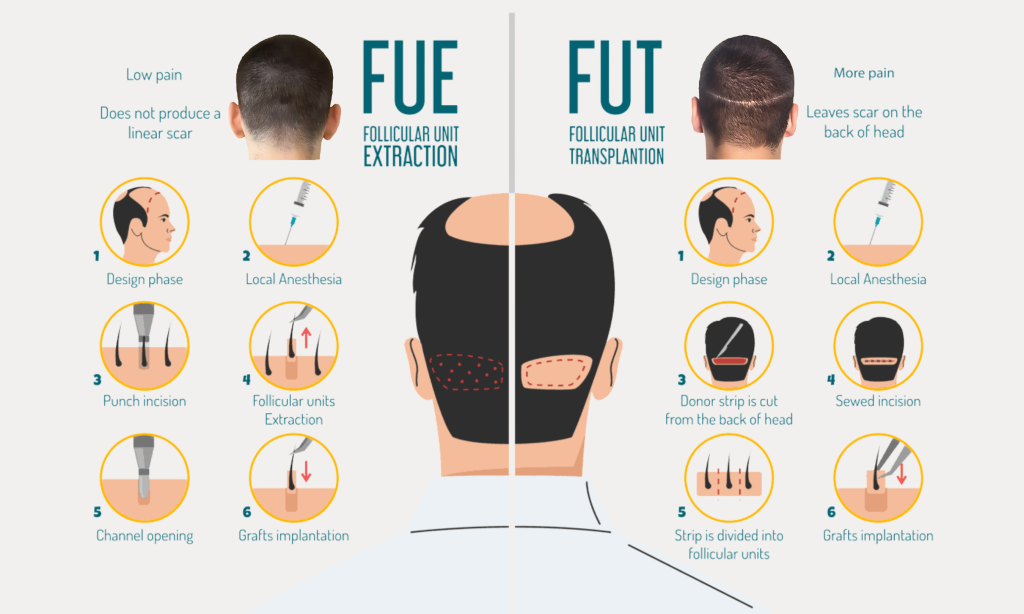
The Importance of Post-Surgical Care and Understanding Shock Loss
Proper aftercare is essential for healing and promoting healthy growth of your transplanted hair. You will be given detailed instructions on how to care for both the recipient and donor areas. It’s also crucial to understand shock loss (telogen effluvium)—a temporary shedding of the existing hair around the transplanted grafts. This is a completely normal reaction to the procedure and is almost always temporary. The shed hair will typically begin to regrow within a few months.
The Hallmarks of Healthy Hair Post-Transplant
Healthy hair is strong, has a good shaft diameter, and grows from a well-nourished follicle. After your transplant, maintaining a healthy lifestyle supports optimal results. This includes a balanced diet rich in vitamins and minerals, managing stress, and avoiding smoking. The newly transplanted grafts, once healed, will establish a healthy blood supply and grow as permanent, healthy hair.
Managing and Healing the Donor Area After FUE
Your donor area will require specific care immediately after surgery to ensure quick healing and prevent infection. This includes:
Avoiding strenuous activity that could increase blood pressure.
Sleeping with your head elevated to reduce swelling.
Gently washing the area as directed.
Avoiding direct sunlight and harsh chemicals.
Any redness, scabbing, or slight numbness in the donor area is normal and subsides within days to a week. Following your surgeon’s advice is the fastest way to a seamless recovery.
What to Really Expect: The Recovery Timeline
Setting realistic expectations is key. After an FUE hair transplant:
Week 1: The donor and recipient areas will heal. Scabs will form and fall off.
Weeks 2-4: The transplanted hairs may shed—this is expected and part of the process.
Months 1-3: The scalp will look normal, but growth is dormant.
Months 4-6: New hair will begin to grow and thicken.
Months 9-12+: You will see the full, dramatic result of your transformation. Patience is essential.
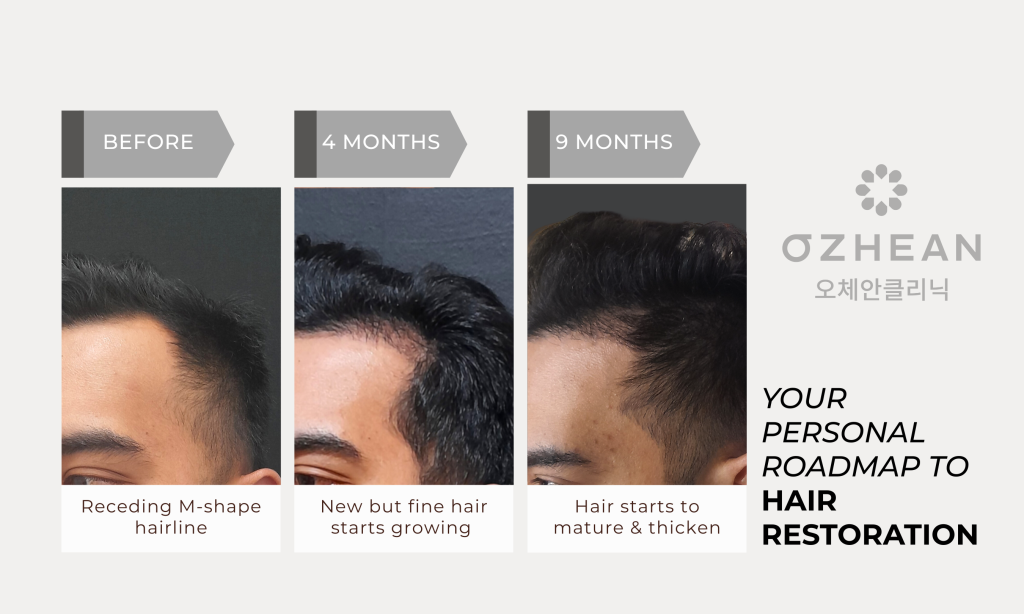
Long-Term Donor Area Growth and Maintenance
While the extracted follicles themselves do not grow back, the thousands of surrounding follicles in your donor area remain intact and continue their natural growth cycle. Long-term, your donor area will look entirely normal. To keep it healthy, practice good hair care: avoid excessively tight hairstyles that cause tension, protect your scalp from sunburn, and use gentle products. The goal is to preserve the long-term health of this valuable resource.
Hair Transplantation for Those with Fine Hair
Follicular Unit Extraction is often the preferred method for patients with fine hair. The precision of extracting individual follicles allows surgeons to carefully select the best grafts and place them in a way that creates the illusion of greater density. While fine hair presents specific challenges, an expert surgeon can achieve exceptionally natural and soft results by leveraging the artistry of FUE hair transplant techniques.
Your Journey to Restoration Starts with Knowledge
The follicles taken from your donor area during an FUE procedure are permanently moved to a new location where they will grow for a lifetime. They will not regenerate in the donor site, but the strategic nature of FUE ensures the area heals discreetly, leaving your hair looking natural and full. The key to a successful outcome lies in choosing a skilled surgeon who can maximize your donor potential.
Ready to discuss your specific donor area and learn what’s possible for you? Schedule a confidential consultation with our hair transplant experts at Ozhean. We’ll provide a thorough assessment and create a personalised plan for your hair loss treatment journey.
Book Your Personalised Consultation Today – Let’s answer all your questions and design a path to confidence.



